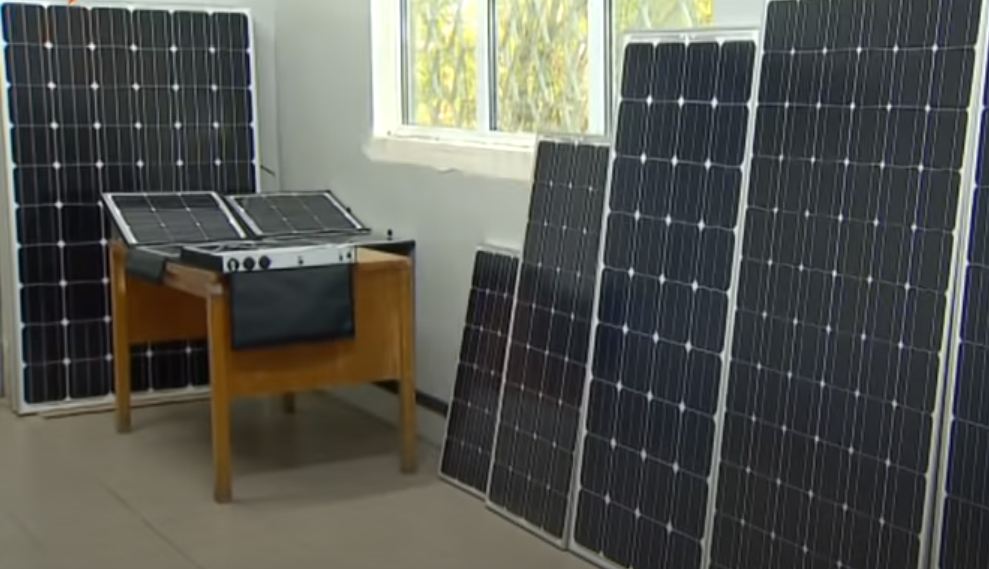Solar batteries, or in other words – photovoltaic modules, or solar panels, have actively entered everyday life. If in the nineties, when they began to actively appear on sale, it was exotic, now it is a common occurrence and even a necessary part of the exterior of private and industrial buildings. Many entrepreneurs build a business on this – they build small power plants, provide their electricity needs, and sell the surplus.
If you are reading this article, then you have decided to join the global community of energy producers, and in the most prestigious segment of this industry – the production of clean energy. And that means you have already encountered an abundance of solar companies and a variety of models. How not to get lost in this developing market and understand the technical parameters of light radiation converters?
To do this, you need to determine for yourself which parameters are fundamental and which are secondary. The most important characteristic of any product is, of course, the price-quality ratio.
The price of most household-class solar panels currently keeps around the ratio of 10 UAH per watt. Fierce competition keeps all mass producers in approximately the same price range, which fluctuates in the range of plus or minus 20 percent.
In view of this situation, the price is not the main criterion for choosing solar panels, which makes us turn to the consideration of their technical characteristics.
Solar panels differ from each other in power, in efficiency, in the type of quartz crystals, in the type of conductive busbars, in cell design, and the manufacturer is a very important factor. The fact is that this production is high-tech, and the higher the scientific organization in production, the better the products. And this means that both efficiency and durability, at about the same price, can differ significantly.
In addition, solar panels have different voltage ratings. Here you should focus on your consumption devices. For example, you need a solar panel to charge your car battery in nature. In this case, a small 12 volt panel is enough for you. But, if you need a total voltage of, say, 200 volts, then it is advisable to use panels with a higher voltage, such as 30 volts or more, in order to achieve a high voltage with fewer batteries connected.
You should also pay attention to the power of the panel. The power of the solar array or battery system must be greater than the power of your load. Power is indicated in watts.
The power choice is to optimize the filling of the area that you allotted for your solar ministation. That is, you calculate how many panels can be placed on it to obtain the required performance. For example, ten 300-watt batteries produce about the same power as eight 400-watt batteries, but take up more space.
Now let’s move on to manufacturers.
There are three main groups of solar panel manufacturers in the world. They are divided into three levels (Tier) , that is, into three categories.
Tier 1
The first, the highest quality group, it occupies less than five percent of the market. It includes several dozen manufacturers. These are, as a rule, enterprises that have been engaged in scientific developments in this industry for a long time, they are constantly conducting research in this area, improving technology, modernizing production and eliminating error factors by introducing robotization of production. They have kept themselves competitive through innovation and a successful marketing strategy. The first group includes about thirty brands. However, if you open the top solar panel manufacturers, it will most likely list Chinese brands and not take into account German or, say, Japanese firms, as well as world-famous firms that also deal with this topic.
These are companies such as Jinko Solar, Canadian Solar, JA Solar, Risen Energy, Trina Solar and others, which you can easily find in the top manufacturers.
Tier 2
The second group is also quite high-quality firms, recently created, which have not yet brought their production to the level of the first group, they still do not have sufficient automation, and they partially use the developments of the enterprises of the first group. There is manual labor in their manufacturing process, and usually there are no the most advanced developments. The enterprises of the second group occupy about ten percent of the solar energy market.
Tier 3
The third group of firms is the most numerous and varied. Good products can also be found here, if the components were purchased from a quality company, and fakes and marriage, at about the same price as from leading manufacturers. Therefore, the third group is the risk group. Given that solar panels have a lifespan of up to 25 years, the products of the third group companies can greatly damage the profitability of your energy system, due to premature power failure or even failure.
Next, consider the characteristics of solar panels.
Characteristics
There are two types of photosensitive elements – monocrystalline and polycrystalline. There are also film ones, although they are rarely used in household products. The technology for the production of single-crystal elements is more complicated and expensive. But it allows you to increase the performance of solar cells by almost twenty percent. This allows you to make smaller solar panels. In addition, because the purer single crystals age more slowly, this increases the efficiency of operation over the entire service life by forty percent. Theoretically, the service life of monocrystalline panels can reach fifty years, while polycrystalline – only about twenty-five years.
Thus, the initial higher costs for the purchase of monocrystalline panels will pay off over time, and their operation will be more profitable than polycrystalline ones. However, for an area where the number of sunny days per year prevails, there is no particular need for high sensitivity of solar cells, so it makes sense to use cheaper polycrystalline ones.
The marking of solar panels contains the letters BB with numbers, for example, BB4 or BB9. This is the designation of the number of connecting conductors between cells. Early solar panels had one connecting conductor, then their number began to increase. The more conductors, the more efficiently the cell works, the less current in each conductor, and, consequently, the less overheating. The overall resistance of the battery drops, which also increases its performance by a few percent.
In addition, in the event of mechanical damage to one or even several conductors, the rest continue to transmit current, which means that the greater the number of conductors, the higher the reliability and efficiency. Twelve-wire cells have been developed so far.
The designation MBB – multibar, that is, a multi-bus conductor, means that there are more than 9 conductors, for example 12. Multibus devices use round conductors rather than rectangular conductors as in previous models, which obscures the light-absorbing elements less and therefore increases efficiency.
In addition to the above main differences, there are still interesting technological features that are mentioned in the passport of solar panels.
For example, if PERC technology is indicated, then this means that the back side of the cell works more efficiently due to micro-holes made using a laser. This gives an increase in the performance of the solar panel of the order of one and a half percent. It almost does not affect the cost. PERC technology is used on both monocrystalline and polycrystalline panels. This increases the sensitivity of the cells, as a result they perform better in low light. PERC technology is good for areas with a lack of sunny days.
Half Cell is a technology that reduces the internal resistance of cells by dividing them into two halves, which increases efficiency . In addition, it improves reliability.
Now let’s take a dozen of the best-selling models at the moment and analyze their characteristics.
1. EverExceed ESM155-156
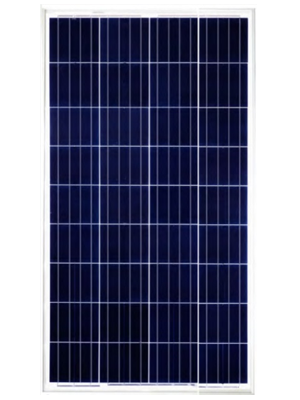
- Voltage 12 Volts
- Power 155 watts
- Polycrystalline
- Tire 5BB
- Efficiency 15.63%
Made in Hong Kong with German and Japanese elements.
Price ~ $75
The power-price ratio is approximately 12 UAH per watt. The tire is not bad, but not the most modern. The efficiency is average. Tier 2
2. Axioma energy AX-50M
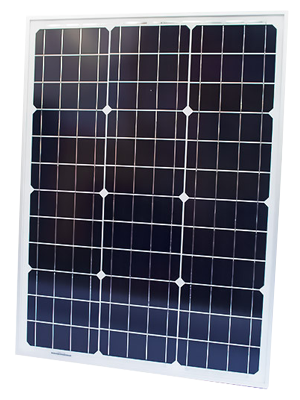
- Voltage 12 volts
- Power 50 W
- monocrystalline
- Tire type not specified
- Efficiency is not indicated
Price ~ $45
The power-price ratio is 24 UAH per watt. Very disadvantageous. The manufacturer is unknown. Not the best choice. Demand is clearly dictated simply by the low price.
3. Axioma energy AX-30P

- Voltage 12 Volts
- Power 30 watts
- Polycrystalline
- Tire type not specified
- Efficiency not specified
- Warranty 25 years
Price ~ $34
The power price ratio is 30 UAH per watt. Very expensive. Just like in the previous model, the demand was influenced by the price of the panel. For just $30, you can get an almost three-ampere autonomous power supply for small household appliances.
4. Trina Solar TSM-DE06M.08(II)340-120/9BB Half Cell PERC
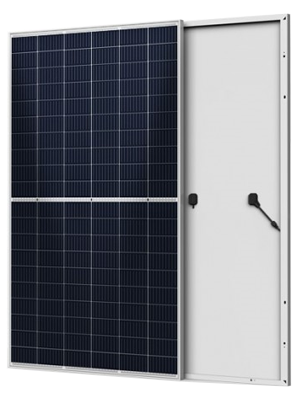
- Voltage 34 Volts
- Power 340 Watts
- monocrystalline
- Tire 9BB
- Efficiency 20%
Price ~ $112
The power-price ratio is 9 UAH per watt. Modern nine-wire bus on monocrystals, economical technologies of PERC and Half Cell cells are applied. Very high efficiency.
Made by one of the world leaders Trina Solar, confidently entering the Tier 1 category. Great choice.
5. JA Solar JAM72S09-385W 5BB

- Voltage 40 Volts
- Power 385 Watts
- monocrystalline
- Tire 5BB
- Efficiency 20%
Price ~ $185
The power-price ratio is 13 UAH per watt. A good panel, not cutting-edge, but produced by a high-end manufacturer JA Solar from the first category of Tier 1 quality.
6. JA SOLAR JAP60S01-270SC
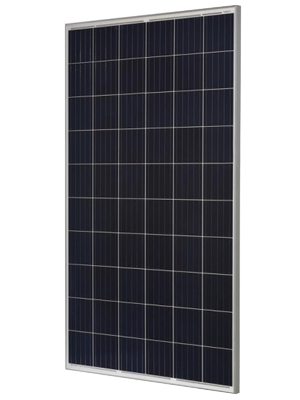
- Voltage 38 Volts
- Power 270 Watts
- Polycrystalline
- Tire 5BB
- Efficiency 16.7%
Price ~ $112
The power-price ratio is 11 UAH per watt.
Average in performance, not the most modern, but made by a quality brand JA Solar, category Tier 1 .
7. Risen RSM 120-6-335M
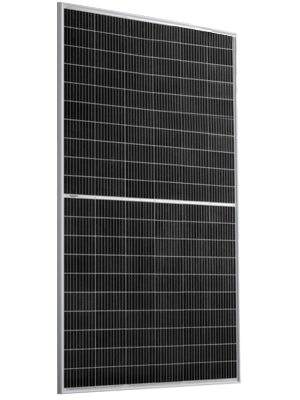
- Voltage 34 Volts
- Power 335 Watts
- monocrystalline
- Tire 9BB
- Efficiency 20%
Price ~ $112
The power-price ratio is 9 UAH per watt. Advanced 9-wire single crystal panel with Half-Cell technology, very high performance, manufactured by Risen Energy – one of the leaders in the Tier 1 category. Great choice.
8. Ulica Solar UL-350M-120 PERC
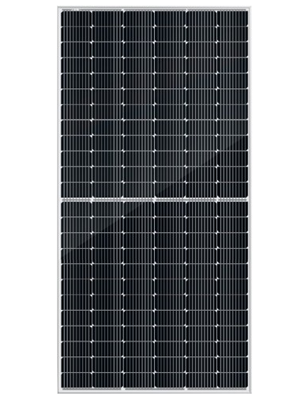
- Voltage 40 Volts
- Power 350 Watts
- monocrystalline
- Tire 9BB
- Efficiency 20.5%
Price ~ $118
The power-price ratio is 9 UAH per watt. Excellent data panel with PERC and Half-Cell technologies, but made by a non-Tier 1 company. Chinese enterprise Ulica Solar. Cooperates with Centrotherm,Baccini and Gorosabel suppliers and is most likely in Tier 2 category.
9. LG 320N1C NeON2 G4 320W “CELLO”
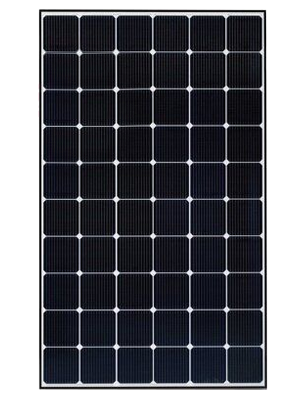
- Voltage 24 Volt
- Power 320 Watts
- monocrystalline
- Tire 12BB
- Efficiency 19.5%
Price ~$296
The power-price ratio is 25 UAH per watt. Innovative panel with the latest developments of the famous LG brand. The color of the panel is unusual – black. Multi-busbar conductors of round cross section are used. The battery has a reinforced case designed for high atmospheric loads. The battery uses n-type modules, which are much less prone to depletion due to exposure to light than those typically used in cheaper models. And, of course, the LG brand cannot cost as much as a little-known Chinese company. For example, solar panels from the Japanese company Sharp can only be afforded by spacecraft builders.
10. Amerisolar AS-6P30
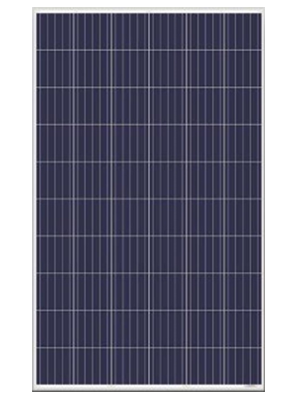
- Voltage 32 Volts
- Power 285 Watts
- Polycrystalline
- Tire not specified
- Efficiency 17.5%
Price ~ $112
The power price ratio is 11 UAH per watt. The parameters are good, but no advanced technologies. The company is registered in the USA. This is probably a criterion for its popularity among buyers who do not trust Chinese products.
In conclusion, it should be said that the article contains only the main technical parameters of solar panels. Currently, very serious electronic companies are engaged in this direction, and each has its own inventions and designations. But in order to navigate the offers of sellers, the above information is quite enough.
